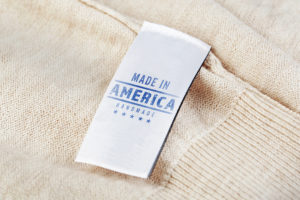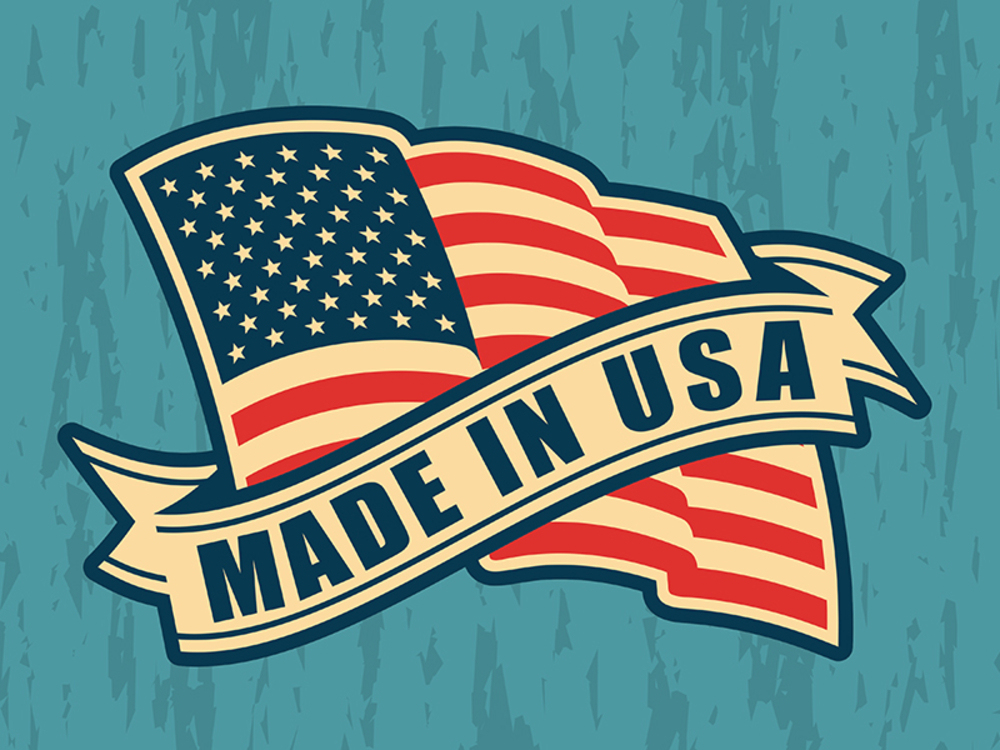Let’s get something out of the way: The American manufacturing industry isn’t in as bad of shape as some are saying. In fact, American manufacturers increased output by 45% between 2009 and 2014 and employers added 646,000 jobs between 2010 and 2014. A few reasons for growth in American manufacturing include: cheaper energy, a smaller gap in labor costs between the U.S. and other countries, and a greater investment in research and development — specifically “brainfacturing.” The Consumer Reports says, “It’s a term that describes a new wave of manufacturing focused on research in digital technologies, automation, and new materials.
This means many manufacturers have opportunities to get their industrial electronic, hydraulic, and pneumatic machinery parts from other manufacturers in America. What else does this mean in economic terms and manufacturing opinions? Let’s take a closer look.
The inverted economic pyramid
 Many company leaders once left U.S. soil to manufacture elsewhere thanks to international investors; however, the tide seems to be turning. According to a The Manufacturing Institute report, foreign manufacturers invest nearly $750 billion in the U.S. manufacturing industry, which employs over 1.6 million Americans. Granted, not all jobs lost in previous decades are moving back. With robotics and automation now incorporated into plants, many employees are now training for Internet of Things (IoT) positions to maintain machinery and proactively avoid line outages.
Many company leaders once left U.S. soil to manufacture elsewhere thanks to international investors; however, the tide seems to be turning. According to a The Manufacturing Institute report, foreign manufacturers invest nearly $750 billion in the U.S. manufacturing industry, which employs over 1.6 million Americans. Granted, not all jobs lost in previous decades are moving back. With robotics and automation now incorporated into plants, many employees are now training for Internet of Things (IoT) positions to maintain machinery and proactively avoid line outages.
This represents the inverted pyramid of manufacturing economics in America. Companies whose employees manufacture parts for other manufacturers generate greater sales because those other manufacturers aren’t always able to make the parts themselves. This leads to the original company modernizing and hiring a new generation of employees thanks to increased revenue. These employees need IoT training to keep the company at the industry forefront, so company leaders hire firms to provide training services. And as the need for these services increase, training firms hire additional employees. In summary, producing products in America spreads exponentially to other industries both at state and national levels.
Shifting opinions
One of the biggest complaints from manufacturers who purchase equipment from international companies is customer service — or lack thereof. Outsourcing support to third-party organizations can lead to confusion, irritation, and delays in shipping.
With a switch to products made in America, a psychological shift takes place. Three in four people who buy American-made products believe they’re higher-quality or are better regulated than those from foreign competitors. There’s also an additional level of confidence the parts needed will be available in a timely manner and supported with little or no time differential.
 Of course, this isn’t always the case with all American manufacturers. According to the same Manufacturing Institute report, one of the biggest problems company decision-makers have is finding employees with the proper skill sets. Therefore, gaining more confidence in suppliers can be managed by asking questions about a company and researching its customer service reviews.
Of course, this isn’t always the case with all American manufacturers. According to the same Manufacturing Institute report, one of the biggest problems company decision-makers have is finding employees with the proper skill sets. Therefore, gaining more confidence in suppliers can be managed by asking questions about a company and researching its customer service reviews.
“Made in America” is a label many manufacturers are proud to have and one Americans tend to look for. And, for those who doubt, it’s up to organization leaders to prove and offer insights into why their clients no longer need to purchase equipment from overseas. Through business plans for training, automation, and other modernization, manufacturers can show how their equipment and products not only help them but also how the benefits also spread to so many other individuals across the United States.
